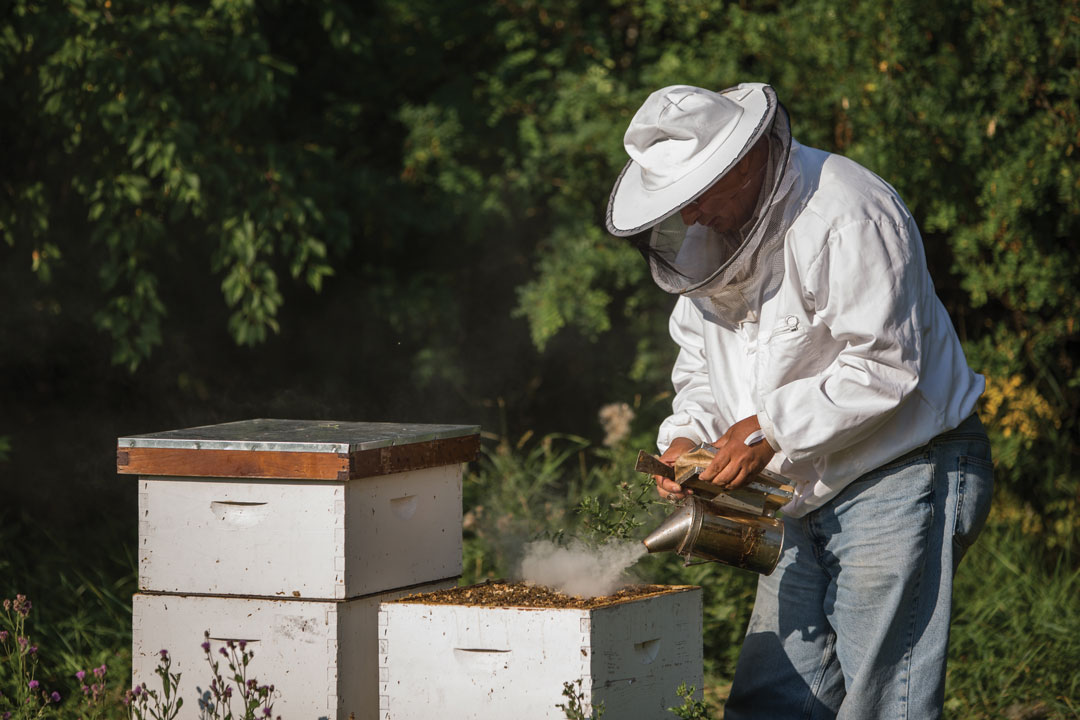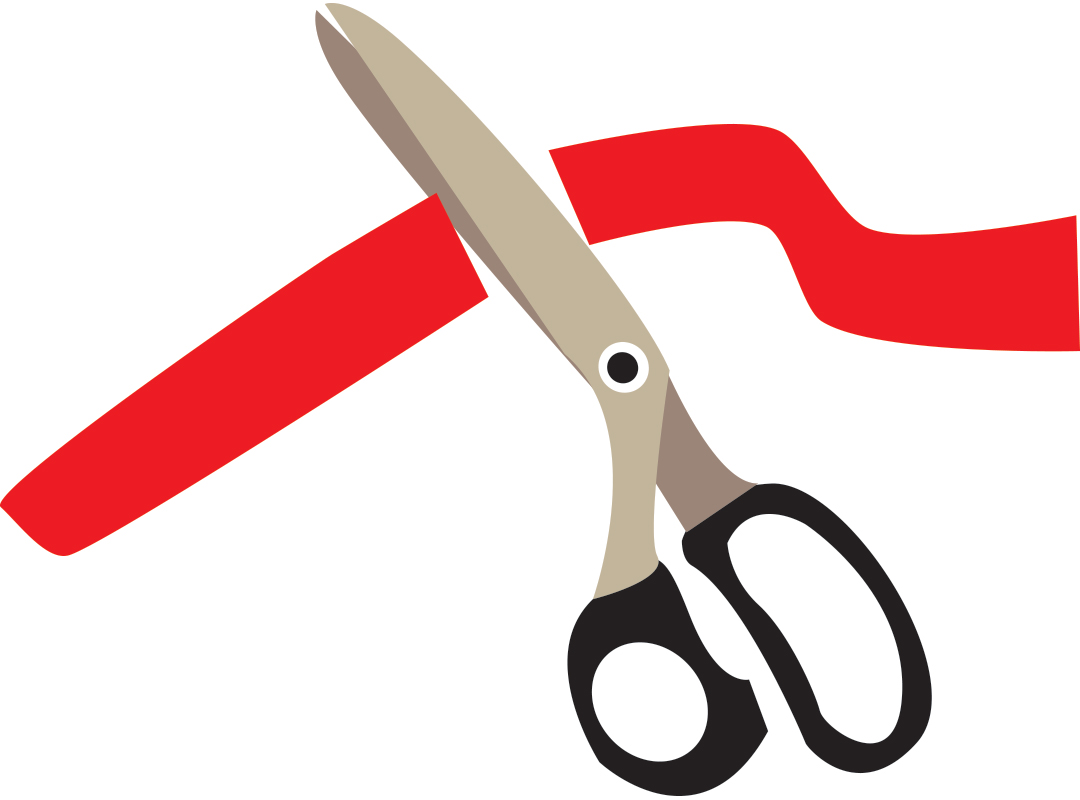HOW SWEET IT IS
HONEYBEES RECOVER AFTER MASSIVE WINTER 2016/17 LOSSES
BY SHEL ZOLKEWICH
While the mainstream media continues to paint a dire picture of honeybee populations in North America, commercial beekeepers in Alberta celebrated record hive numbers as the summer of 2017 came to a close. What makes the news even sweeter is that the robust season came directly on the heels of devastating winterkill the previous year.
“Losses were, on average, just under 30 per cent,” said provincial apiculturist Medhat Nasr of Alberta Agriculture and Forestry. “To put that into perspective, for the previous four years, our losses were around 16 per cent a year. This was certainly not expected.”
Last year’s winterkill was the result of several factors including an ongoing battle with Varroa mites, a parasite that plagues hives across the continent. The other significant factor was heavy rain in late summer and early fall of 2016, leading to less-than-ideal conditions as hives overwintered. Nasr said commercial beekeepers were faced with a difficult decision—hold off on treatment to salvage what was left of a dissapointing production year, or attempt to save the bees with treatments for mites. Once a beekeeper decides to treat hives for mites, no more honey can be extracted from the hives that season.
Commercial beekeeper Kevin Nixon of Nixon Honey Farms near Innisfail said even if an apiculturist decided to sacrifice production in favour of treatment, the plan was not failsafe. Bees were plagued by Varroa mites as well as nosema, another parasite that causes severe dysentery, meaning that sometimes more than one treatment was necessary.
“Some of our treatments are temperature and humidity dependent and we just didn’t have the weather on our side last fall,” said Nixon, a 20-year industry veteran and chair of the Canadian Honey Council.
When beekeepers cracked open their hives this spring and discovered record losses, they wasted no time in building up their populations. That involved splitting hives—a process used to increase production and create new hives—as well as purchasing additional bees to stock hives.
“Commercial beekeepers are incredibly resilient,” said Nasr. “They responded quickly and worked hard to get their numbers back to where they were.”
In fact, Alberta saw a slight increase in the overall number of hives in the summer of 2017, to 315,000 from the previous year’s count of 305,000. The majority—an estimated 295,000 hives—are tended by commercial beekeepers while the remainder belong to hobbyists.
Simply put, more bees is good news for Alberta agriculture.
“Of course, bees play a huge role in the pollination of our crops, canola being the biggest among them,” said Nixon. “Bees are also so important for smaller-scale operations like those that grow fruits, vegetables and berries.”
Nasr said that while Alberta bees produce over $100 million in honey annually, their pollination work on canola and forage crops is perhaps more valuable. Alberta produces more than 70 per cent of the pedigreed canola seed used by farmers around the world. Across the three Prairie provinces, over 22 million acres are planted in canola. In Alberta alone, the value of that crop exceeds $1.3 billion.
“Alberta canola producers place a huge value on the health and prosperity of Canada’s honeybee industry, and, by extension, beekeepers,” said Canola Council of Canada agronomy specialist Gregory Sekulic. “As well, canola has been shown to exhibit increases in yield as well as reductions in days-to-maturity when honeybees are placed in canola fields.”
“Bees are, in a word, critical to Alberta agriculture,” concluded Nixon.







Comments